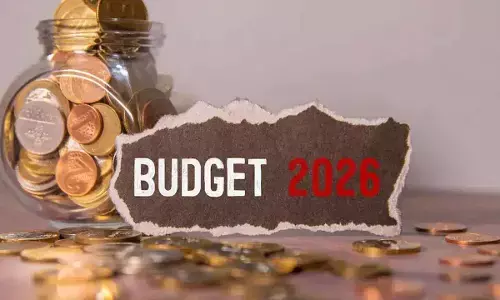WWDC 2023: Apple's new AR headset is Apple Vision Pro

Apple has announced an augmented reality headset called the Apple Vision Pro that "seamlessly" blends the real and digital worlds. The system uses an M2 but also includes a new chip called R1.
Apple has announced an augmented reality headset called the Apple Vision Pro that "seamlessly" blends the real and digital worlds. "It's the first Apple product that you're looking at, and not at," CEO Tim Cook said of the device, which looks like a pair of ski goggles. As rumoured, it features a separate battery and is controlled by eyes, hands, and voice. It will start at $3,499 and launch early next year, beginning in the US market with more countries arriving later in the year.
The Vision Pro is primarily positioned as an AR device, but you can switch between augmented and full VR using a dial. The device is controller-less, and you navigate the rows of app icons by looking at them. You can tap to select and swipe to scroll, and you can also give voice commands. On top of that, the headset supports Bluetooth accessories, including the Magic Keyboard and Magic Trackpad, and allows you to connect your Mac for use inside the headset. Downward-facing cameras can capture your hands even if they are resting low on your body.
The headset has a glass front and an aluminium frame, which contains five sensors, 12 cameras, a screen, and a computer that is apparently cooled by a fan. The mask and headset strap are fabric-wrapped and modular, and Apple says they can flex to fit a variety of face shapes and head sizes. The headband is ribbed and fits around the back of the head, and you can interchange different headband sizes and styles. Zeiss has created custom optical inserts that magnetically attach to lenses for people who wear glasses. It has an external battery that lasts up to two hours and can be connected via a "flexible woven cable", so it slips into a pocket. Apple promises that the screen will have unprecedented sharpness and will be able to offer 4K video. The system uses an M2 but also includes a new chip called R1.
The headset will show your eyes with a system called EyeSight, and if you're in full virtual reality, a bright screen will darken them to suggest you're unavailable. It also creates a digital "persona," basically a hyper-realistic avatar, by scanning your face. The device uses pass-through video that allows you to see the real world in full colour, but it can project 3D objects into real space and even pull things from a message thread into the real world.
When you talk to people remotely, you can use spatial audio to arrange FaceTime participants as "video tiles" around the room. And you can capture and "relive" 180-degree video with a 3D camera while inside the headset. Apple is also promoting TV and Arcade content on the headset, including premium content from Disney.
The headset has been in progress for years and has reportedly undergone several iterations and delays. Nevertheless, it's set to be CEO Tim Cook's signature addition to Apple's product lineup, and it's drawn praise from industry insiders, even though it will be entering a market that hasn't taken off. Its main competitor is likely to be Meta, which has enjoyed relative success with its gaming-focused Quest 2 headset and garnered more mixed reception with its general-purpose Quest Pro.











